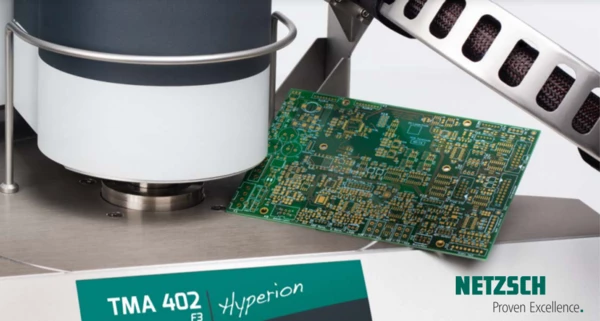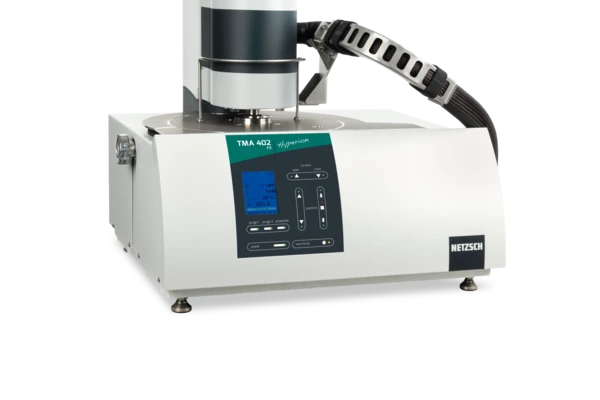
25.03.2021 by Milena Riedl
Coefficient of Thermal Expansion: A Crucial Material Property
Thermomechanical Analysis is the perfect method to predict product performance and processing behavior. Read our contribution to the journal Kunststoffe International for an overview of applications.
The design of parts and components made of fiber-reinforced composites needs to take the coefficient of thermal expansion into account because it determines the extent to which a material changes its dimensions when heated or cooled. Neglecting this quality criterion can have far-reaching consequences.
Our article published in the journal Kunststoffe International
We are proud to regularly contribute first-hand knowledge of plastics to the industry journal Kunststoffe International, published by Carl Hanser Verlag.
In the latest issue, we share our expertise in determining the coefficient of thermal expansion. Read in the article about:
- The growing importance of composites in the mobility and electronics sectors
- Thermomechanical Analysis (TMA) for studying expansion behavior
- The incorporation of fibers in the matrix and resulting coefficients
- Correlation between the thermal expansion and the flow field
- Determining Time to Delamination of electronic assemblies

What TMA Measurements Can Tell About Filler Orientation in Injection Molding
Fillers have long played an important role in the polymer manufacturing industry. It is essential to measure the coefficient of thermal expansion, as it is an important property that shows how the filled material changes in length when heated or cooled. Knowledge about this material behavior is required to be able to determine important design values.
Why Knowledge About Anisotropy is Crucial when Designing High-Performance Composite Parts
There are different ways to incorporate the fiber into the thermoplastic matrix ‒ randomly oriented fibers, unidirectional continuous fibers or multi-directional fabric. The orientation of the added fibers plays an important part when it comes to part properties.


Quality Control of Electronic Assemblies Using Thermomechanical Analysis
A major source of failure of electronic assemblies is thermal expansion and the problems it causes. To make sure that the circuit baseboards conform to a certain quality, IPC standards were put into place that require measurement of the thermal expansion, Temperatura di transizione vetrosaLa transizione vetrosa è una delle più importanti proprietà chimico-fisiche dei materiali amorfi e semi-cristallini, come, ad esempio, vetri, metalli (amorfi), polimeri, ingredienti farmaceutici e alimentari e definisce l’intervallo di temperatura in cui le proprietà meccaniche die materiali variano da duro e fragile a più morbido, malleabile o gommoso.glass transition and softening point.
Unique Tool for the Prediction of Product Performance and Processing Behavior under Thermal Expansion Control
Read more about the analyzer that allows for precise determination of the coefficient of linear thermal expansion (Coefficiente di Espansione Termica Lineare (CLTE/CTE)Il coefficiente di espansione lineare (CLTE) definisce la variazione di lunghezza di un materiale in funzione della temperatura. CTE) and the glass transition temperature ‒ important properties for assuring a product’s quality.
